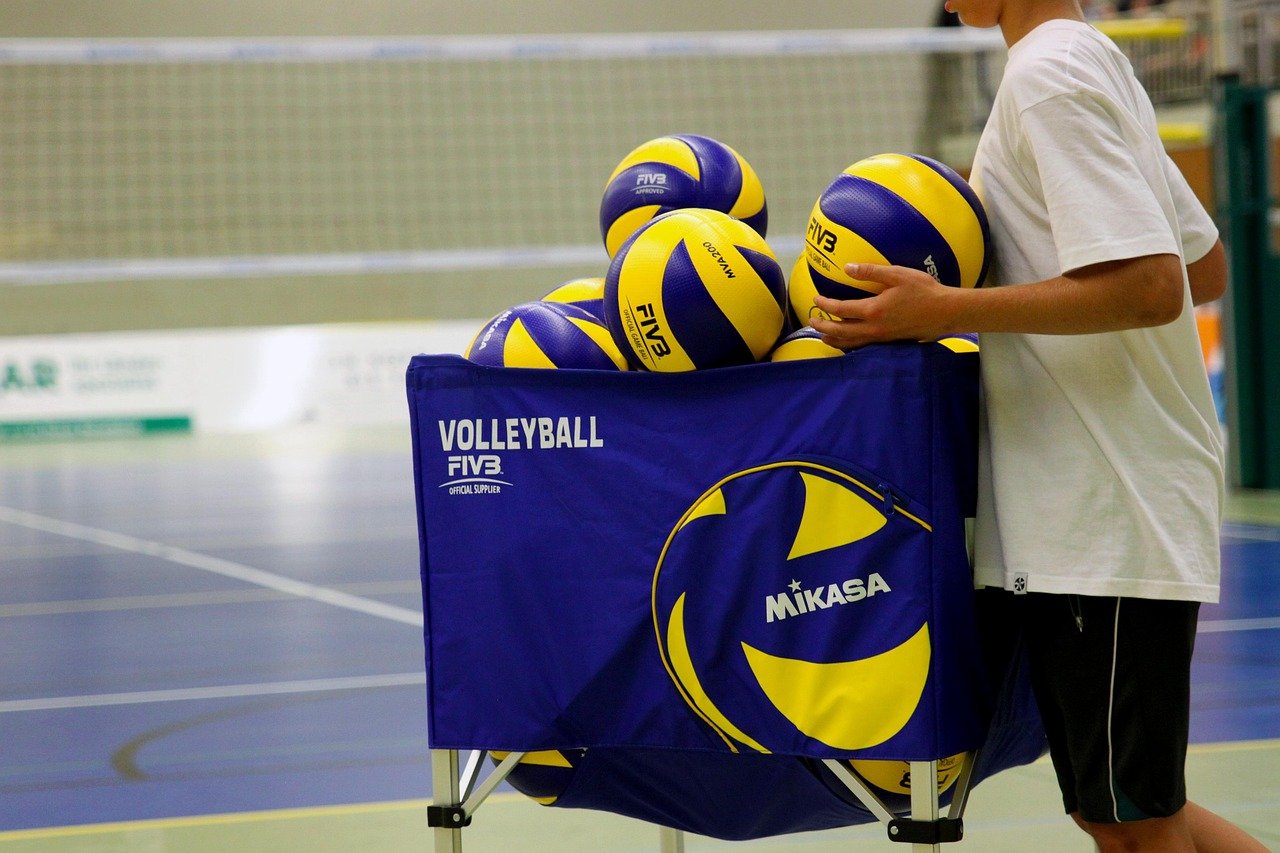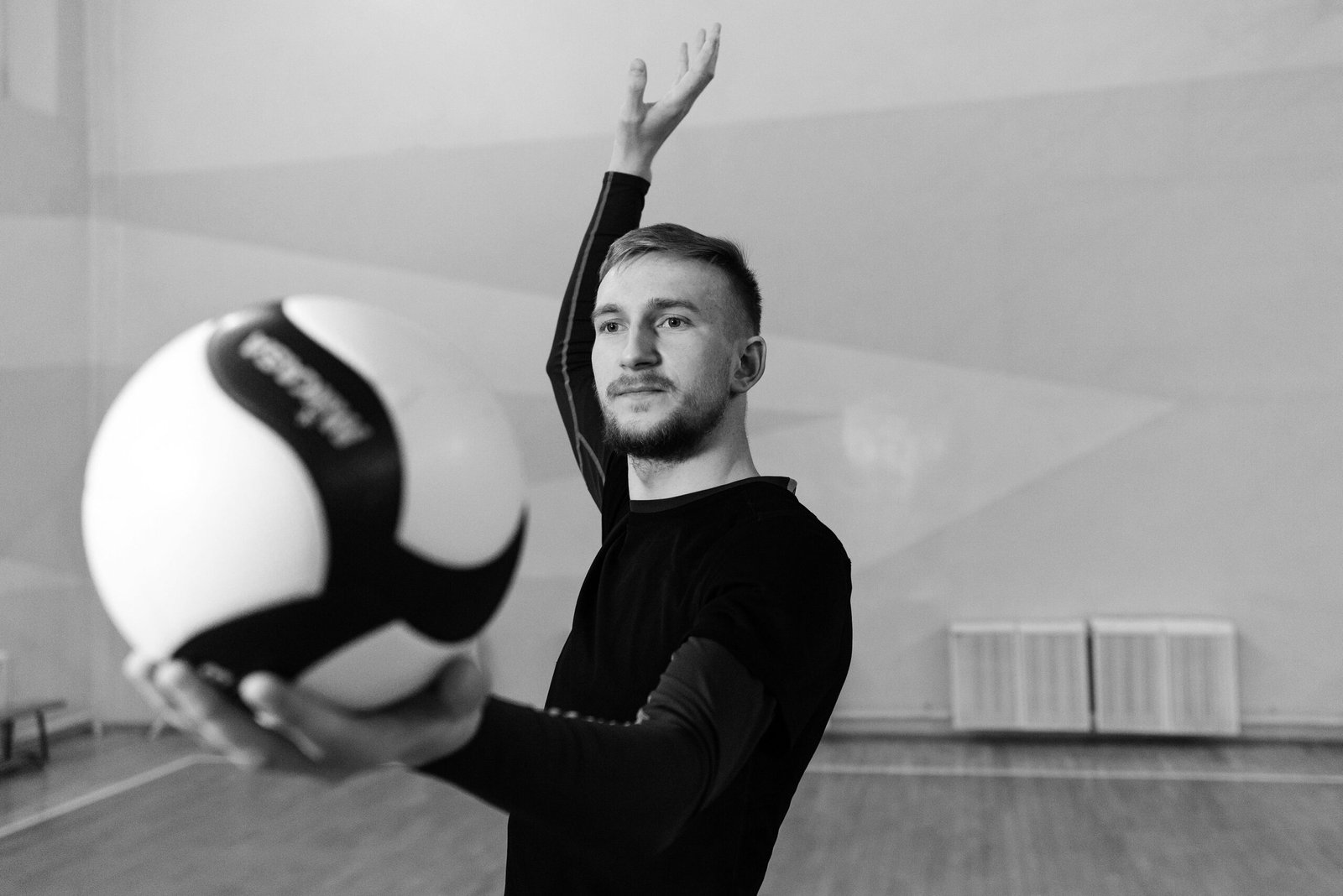In volleyball, the setter is often called the team’s “quarterback” or “playmaker.” This critical role involves directing the team’s offence by delivering accurate sets, reading the game, and making quick decisions. Being a good setter requires a blend of technical skill, strategic thinking, and leadership.
If you’re new to the position or want to sharpen your setter skills, this comprehensive guide will walk you through everything you need to know — from basic techniques to advanced tips and drills.
What Does a Setter Do?
The setter’s primary responsibility is to deliver the ball to hitters in a way that maximises their chances to score. This involves:
- Running the offence by deciding who to set and when
- Making precise, consistent sets under pressure
- Communicating with teammates to coordinate plays
- Serving, blocking, and playing defence when needed
Essential Setter Skills
1. Accurate Setting Technique
Accuracy is the heart of good setting.
- Use your fingertips to push the ball, not your palms.
- Keep your hands shaped like a triangle above your forehead.
- Extend your arms fully and snap your wrists on release for control.
- Maintain consistent height and speed on your sets.
2. Quick Decision-Making
Setters must think fast and choose the best option:
- Read the blockers’ positions and adjust sets accordingly.
- Mix up sets to different hitters to keep opponents guessing.
- Adapt to unpredictable passes and game situations.
3. Strong Communication
Effective communication with teammates is crucial.
- Call out plays clearly during rallies.
- Use hand signals or eye contact to coordinate.
- Encourage teammates and maintain team morale.
4. Court Awareness and Positioning
Knowing where you are and where others are is key.
- Stay close to the net to reach the ball quickly.
- Move efficiently between front-row and back-row positions.
- Anticipate the opponent’s moves to prepare your sets.
5. Physical Fitness and Agility
Setters need excellent endurance and quickness.
- Improve footwork to get under the ball swiftly.
- Develop core strength for stability during sets.
- Enhance hand-eye coordination for better ball control.
Basic Setting Technique: Step-by-Step
- Ready Position: Stand with knees slightly bent, feet shoulder-width apart, and hands up.
- Contact Point: As the ball approaches, move under it and get your hands in position.
- Hand Shape: Form a triangle with thumbs and index fingers, keeping fingers spread and firm.
- Push and Extend: Push the ball upwards using fingertips, fully extending your arms and snapping wrists.
- Follow Through: Direct the ball to the target with a smooth motion.
Common Setter Mistakes to Avoid
- Using palms instead of fingertips, causing inaccurate sets.
- Setting too low or too high for hitters to attack effectively.
- Predictable setting patterns that opponents can read easily.
- Poor communication leading to missed plays.
- Not moving quickly enough to get under difficult passes.
Advanced Setting Techniques
Jump Set
Jumping while setting adds speed and deception.
- Timing is critical—jump just before the ball arrives.
- Keep sets tight and fast to confuse blockers.
Back-Set
Setting behind your head without turning around.
- Requires excellent hand positioning and wrist control.
- Useful for surprising opponents and quick attacks.
Quick Sets and Dumps
- Quick sets are low and fast to middle hitters, reducing blockers’ reaction time.
- Dumps are soft pushes over the net to catch opponents off guard.
Drills to Improve Setting
Wall Sets
- Stand close to a wall and repeatedly set the ball to yourself, focusing on hand placement and control.
Target Sets
- Place targets on the court and practice hitting them consistently with your sets.
Partner Passing and Setting
- Work with a teammate to practice accurate sets from various pass qualities.
Footwork Ladder Drills
- Improve agility and foot speed to get under the ball faster.
Jump Setting Practice
- Incorporate jumping into your sets to improve timing and power.
Mental Tips for Setters
- Stay calm under pressure; setters often handle high-stress moments.
- Visualise successful plays before the ball arrives.
- Maintain focus and avoid distractions during matches.
- Build trust with teammates through positive attitude and consistency.
Equipment for Setters
While setters don’t require special equipment beyond standard volleyball gear, these tips can help:
- Wear volleyball shoes with good lateral support and grip for quick movements.
- Use moisture-wicking gloves or grip aids if sweaty hands affect ball control (optional).
How Setters Contribute to Team Success
Setters are the backbone of a team’s offence, orchestrating plays and setting the rhythm. A skilled setter maximises hitters’ strengths and keeps the opposing blockers off balance. Good setters also boost team confidence and cohesion through communication and leadership.
Final Thoughts
Mastering the setter position requires dedication, practice, and a good understanding of the game. Focus on perfecting your technique, improving your decision-making, and communicating effectively with your team. With these skills, you’ll become a valuable playmaker who can lead your team to victory.



